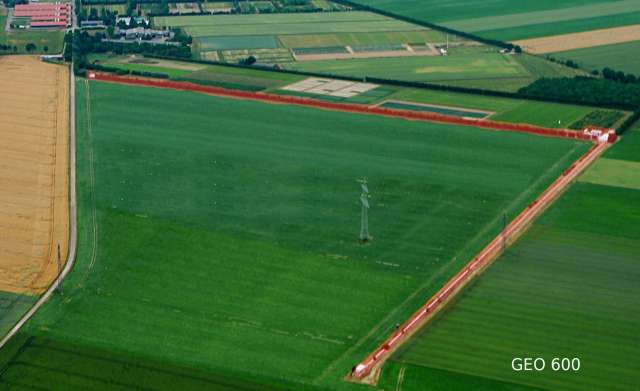Gravitational-wave detectors:
Introduction
|
The direct detection of gravitational waves is one of the grand experimental challenges of today. After more than three decades of research and development in gravitational-wave detectors, at last, the first detection of a gravitational wave on Earth is expected in the near future. (You can read more or less interesting opinions on that in The Times Online (2005), the BBC (2005) and even on Slashdot). Gravitational-wave detections can be considered as a link between astronomy and cosmology on one side and gravitational physics and general relativity on the other. By itself it involves a new type of instrumentation, which, like for particle accelerators or telescopes, manifests itself in large experimental constructions designed and build by international communities. The most promising instruments today are large laser interferometers that combine a large bandwidth with unpreceeded sensitivity. This makes them ideal instruments for the soon-to-be-seen first detection of gravitational waves and 'gravitational astronomy' in the future. On groundFive such instruments have started to take data: GEO 600: a British-German detector, located in Hannover, Germany, LIGO three large detectors in the United States, run by a large international science collaboration, the LIGO Science Collaboration (LSC), the VIRGO detector and a slightly smaller detector in Japan: TAMA.
In addition, the second generation of ground-based detectors is well underway. The
Advanced LIGO project has received fundung and with the
Advanced Virgo project the Virgo collaboration has begun
the design of a similar detector in Europe. In addtion, the GEO 600 detector
is undergoing an upgrade towards a higher sensitivity at high signal frequencies,
called GEO HF.
|
In space
|
Detecting gravitational waves with Earth-based detectors works
well for high signal frequencies (>10 Hz) but inevitably fails for lower
frequencies. For frequencies below 1 Hz, the change of the local
gravitational field (due to big masses moving, such as clouds)
will disturb the measurement, and this effect
cannot be suppressed or shielded. The obvious solution is to
build space-based detectors. In addition, space-based detectors
can be formed by several free flying spacecraft so that the
arm length can be much larger than on ground.
Consequently the gravitational-wave community has proposed the space mission LISA which is now well routed in both the NASA and ESA program as a joined mission. Prior to LISA a technology demonstrator, called LISA Pathfinder, will be launched to test key technologies, such as drag-free control and precision interferometry. LISA Pathfinder is expected to fly in 2007. |
